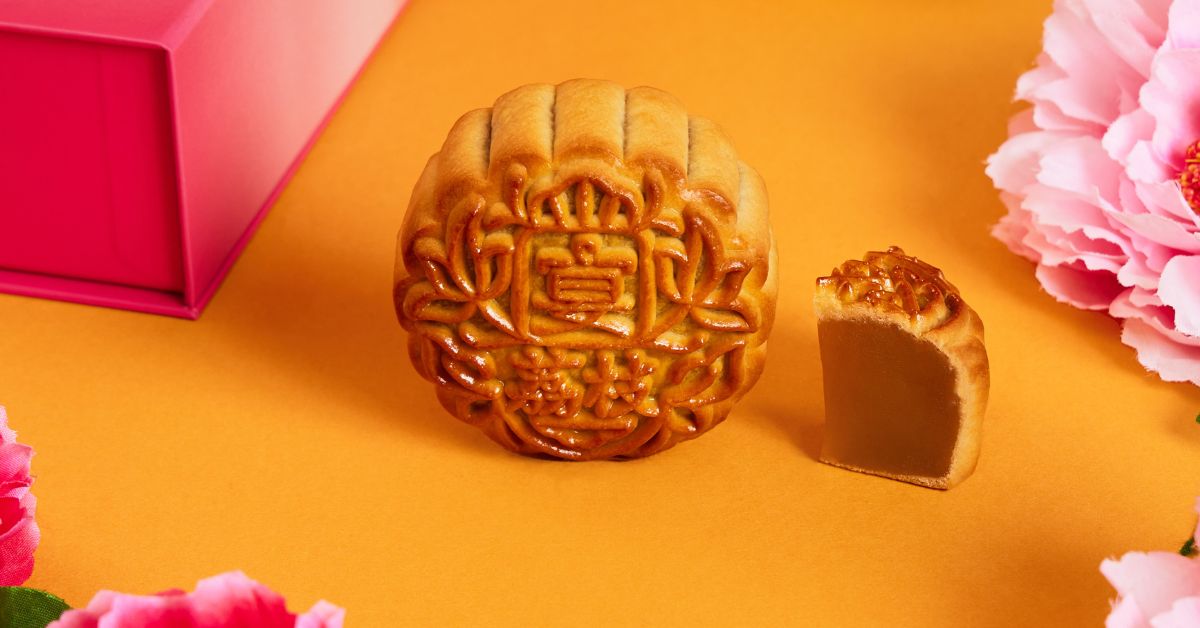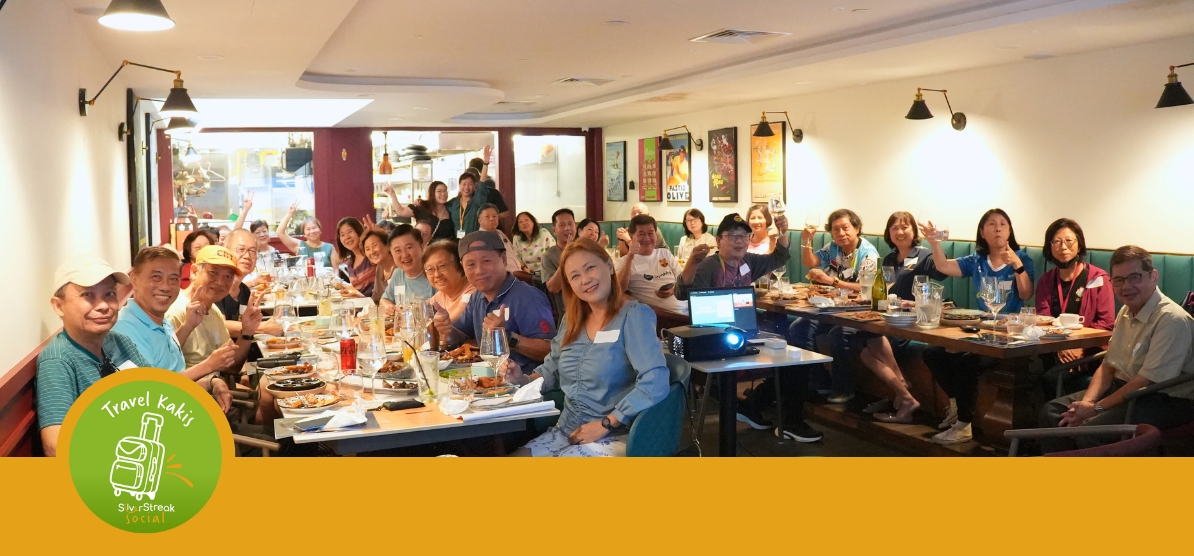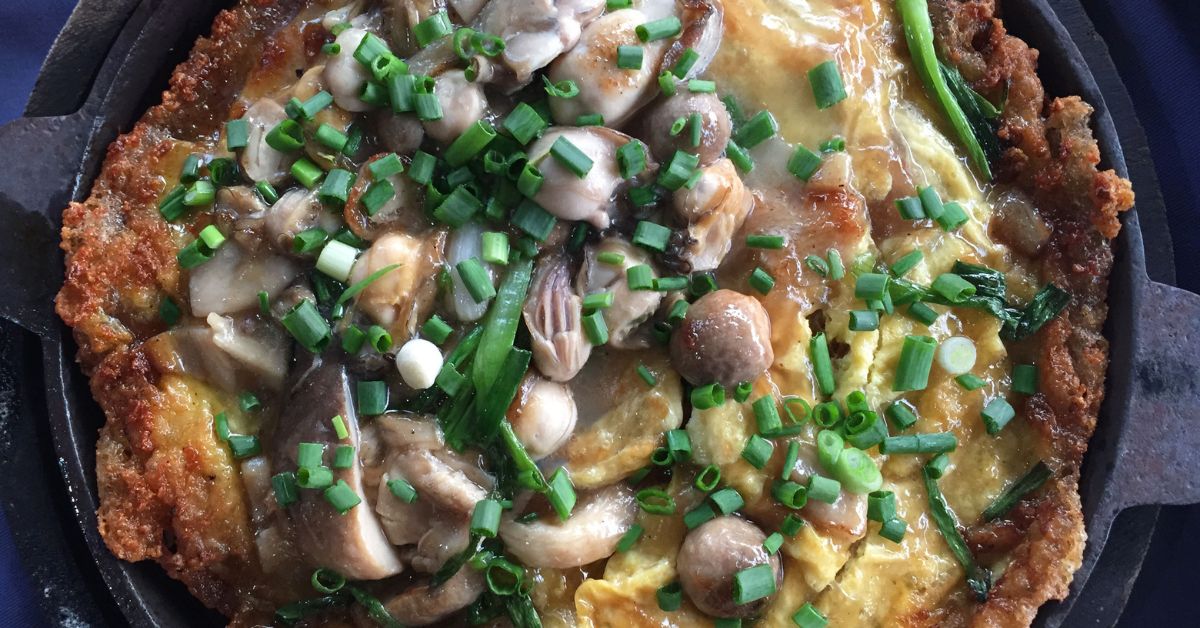
It all started when I was craving for Oyster Omelette, or “Orh Luak”.
“How do you like your Orh Luak?” asked my husband. I looked at him quizzically as I only knew it in one version, the best of which would comprise of stretchy lumps of briny oyster fried with tapioca or potato starch which we would pick up with our chopsticks and drench into a watery garlic-vinegar chilli dipping sauce.
The highlight of Orh Luak would be the crisp lacy edges which we would all fight for, especially if they were attached to red-yellow trails of egg. The bonus would be the slippery, slightly scary grey-lipped oyster. I never remembered them as being as large as the elongated ones of today.
Though small, that mouthful burst of sweet saltiness of the ocean would bring us to a euphoric high and elicit dirty looks from the rest if we searched too eagerly for these babies.
Tony Boey in his Johor Kaki food blog on the history of Fried Oyster Omelette gave a brief history on the arrival of sweet potato from Philippines and it was likely created as a food during the Qing Dynasty.
Advertisement
Another version of the history behind this dish is that Orh Luak was eaten in the Fujian province during the Qing Dynasty when famine struck and there was not enough rice to be a staple food.
But there was an abundance of sweet potato, which was used to produce flour with which a form of savoury pancake-like batter could be made.
Oysters like mud oysters were also easily foraged and they gave the umami enhancement to the taste.
Eaten by villagers and soldiers alike, sweet potato starch mixed with oysters formed the basis of this dish. Our illustrious Teochew and Fujian forefathers brought this life-saving dish to Singapore
Oyster Omelette's messier sibling: Orh Suan
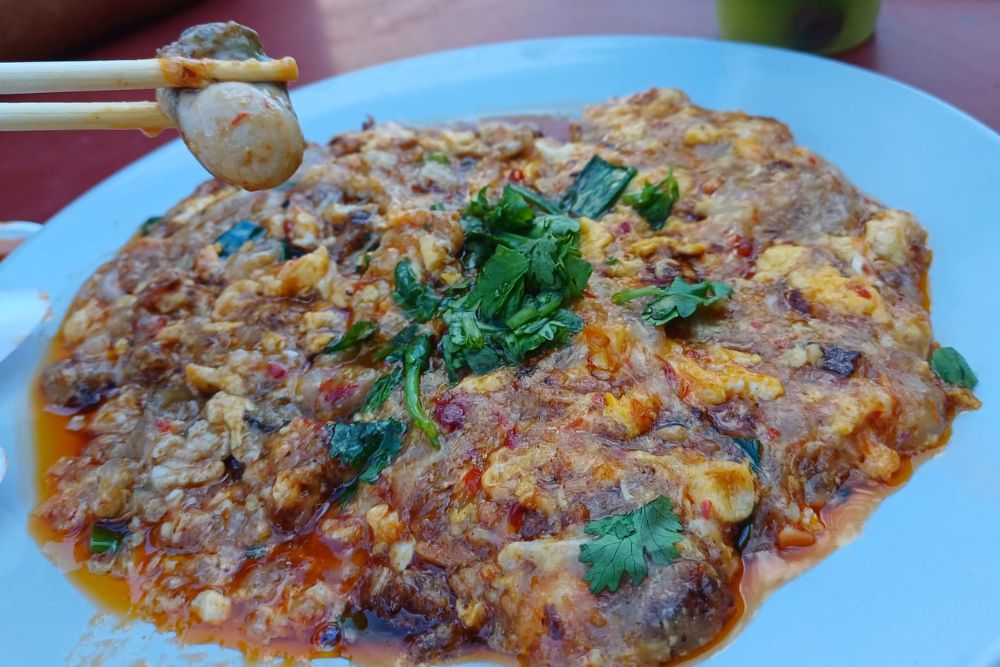
“How about trying “Orh Suan?” my husband asked. He cheerfully assured me that he would order the smallest portion and if it did not go down well with me after the first bite, he would willingly polish the plate.
He returned with a plate which I can only describe as the slimiest, oiliest, red speckled mess I had ever encountered, dead or alive.
“Looks like vomit,” was my first thought and I wondered if I could ever kiss this man again, after witnessing him shovel a spoonful of it into his mouth.
With great trepidation, I too had my first mouthful of Orh Suan. It tasted a lot better than it looked (which isn’t saying much). The robust flavours of Orh Luak burst through, but with the texture of baby food.
Orh Suan, also known as ‘Teochew char’ by hawkers, is cooked differently from the usual Orh Luak, so our regular hawker needed to complete his normal Orh Luak orders before he could fry this.
“Only toothless old timers would request for this dish,” he quipped.
What’s in a name
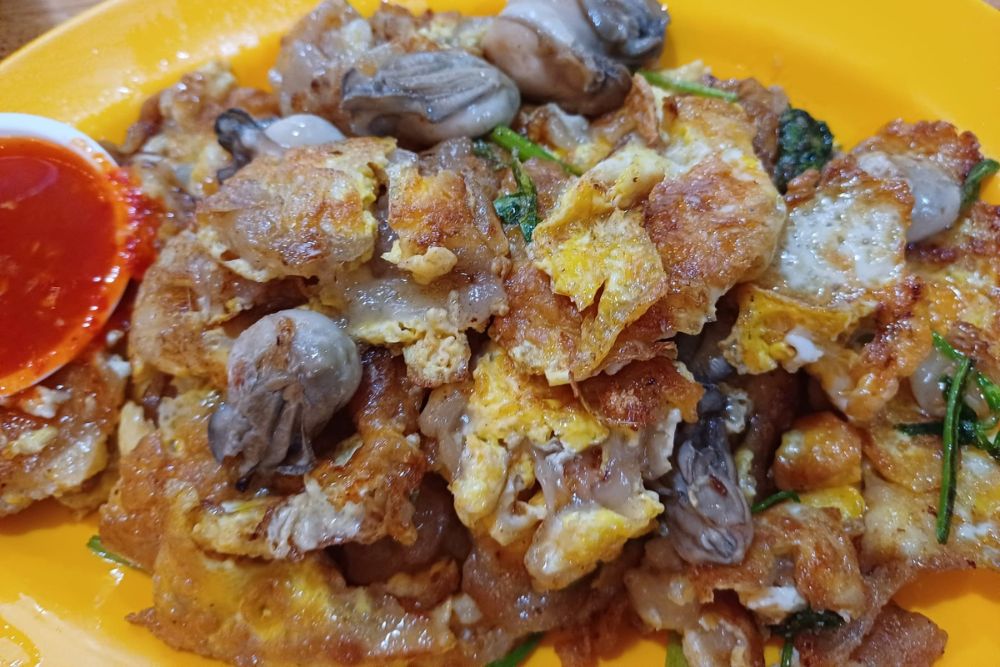
Another interesting debate revolved around the name, one of which was “Orh Suan” or “Orh Swang”. “Suan” or
“Swang” in Teochew can mean “sour”, so I surmise that it may be so named because the dish is served with a vinegar-laced sauce.
But this got me curious: A quick search of this name pointed me to Thailand, more specifically Bangkok, where many have Teochew roots.
Orh Suan served on a hot plate was the norm, a sizzling mess of swirling egg, bulging oysters on a circular crepe base, garnished with chopped spring onions.
Similarly, the Thais also have Orh Luak, called “Hoy Tod” in Thai, which is the crispy edged and more solidified eggy starch version, generously studded with more fresh oysters than the dish sold by hawkers in Singapore.
This dish is spread across Asia with the Chinese diaspora.
“Orh Ah Luak” is the popular Taiwanese oyster pancake street food which uses both sweet potato and rice flour. The thicker and less gooey version of this dish could also be attributed to the fact that this is the Hokkien rather than the Teochew version, which is mushy.
Vietnamese, Cambodians, Filipino Chinese also recognise “Hor Chien” or “Orh Chien” and it is just as ubiquitous in their homes and restaurants.
Orh Luak is now a Michelin recognised dish in Singapore, the English translation being oyster omelette, a translation which I personally disagree with.
To me, oyster omelette should only refer to “Orh Neng”, since “Orh” is Teochew for Oyster and “Neng” for “Egg”. Orh Luak (also pronounced O Luah in Teochew) and Orh Chien is vernacular for “Spicy Oyster” and “Fried oyster” respectively.
Another observation is whether oyster omelette is a misnomer. Were there actually oysters or limpets in the omelette served up by hawkers in the past?
In a letter to Forum pages of the Straits Times in 1992, Chan Kwee Sung claimed that there were no oysters but in fact limpets which were in barnacles.
Perhaps limpets or baby oysters were more easily available at the time, unlike today when most of our oysters whether in Orh Luak or Or Neng are likely to be frozen imports.
However, Orh Luak is the version that has been awarded Michelin stars, and commonly associated with oyster omelette in Singapore.
Despite the friendly debates which only signal a much-loved local dish, we can all agree to disagree, and whilst there are chefs out there willing to serve out the spectrum – crackly , crispy, chewy, or moist – we should all agree to treasure and support them by having the various versions of the dish.
Growing up with Singapore’s rich culinary diversity, I marvel at how there was a purity in some of the dishes which were very specific to the dialect group.
I believe that heritage dishes bring us back to our cultural roots which is precious to preserve. This is especially so when we are slowly losing these traditional dishes like Orh Suan, unless one grew up with such tastes, textures and flavours.
That said, it is still an important part of our heritage to understand how such traditional dishes evolved over the years, so that we don’t lose our history.
Where to find the different types of oyster omelette in Singapore:
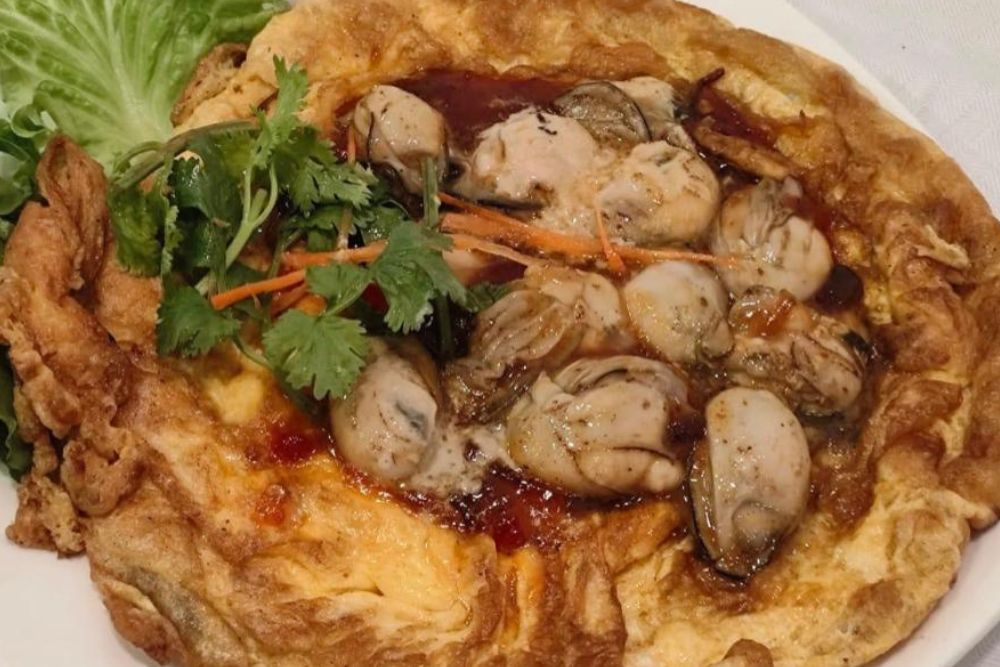
ORH SUAN
Ghim Guan Fried Oyster
Location: 79 Circuit Road, Circuit Road Food Centre, #01-60 Singapore 370079
Another not so common iteration which is available here is the Orh Luak, which is moistly drenched in spicy sambal sauce.
ORH LUAK
Huat Heng Fried Oyster (Michelin Plate)
Location: Whampoa Makan Place, 90 Whampoa Drive, #01-26, Singapore 320090
Heng Carrot Cake (Michelin Bib Gourmand)
Location: Newton Food Centre , 500 Clemenceau Avenue North, #01-28, Singapore 229495
ORH NENG
Rainbow Rice House
Location: 43 North Canal Road Singapore 059299





